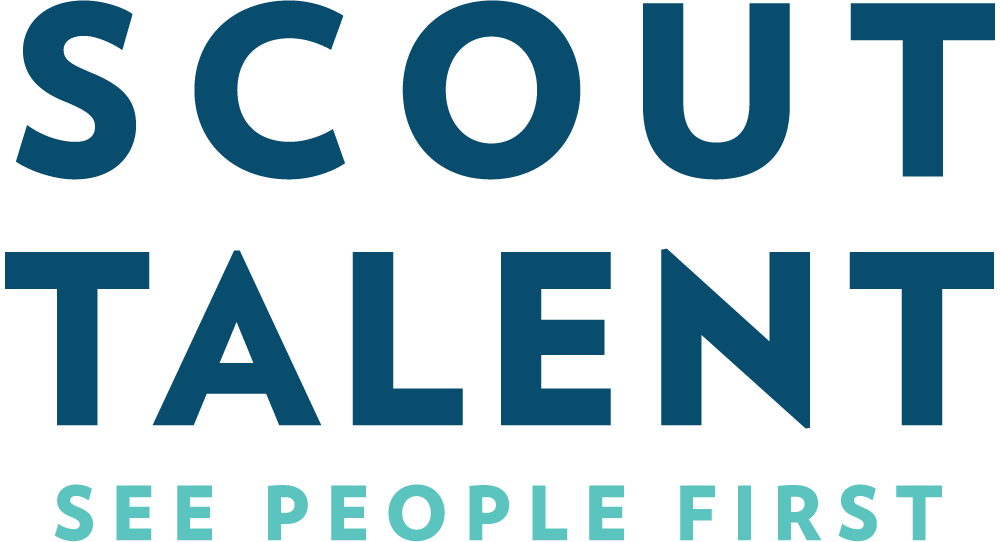Implementing a Learning Management System (LMS) is a significant step toward improving employee training, retention, compliance, and overall engagement within your organisation. If you’ve already read the “10 Steps to Successfully Implement a Learning Management System” guide, you’re on the right track to success.
Now it’s time to dive deeper into maximizing employee engagement with your new LMS. We’ll explore practical tips and strategies to ensure that your LMS not only meets your organisation’s goals but also creates an engaging and enjoyable learning experience for your employees.
1. Enhance User Experience through Diverse Content
To maximize employee engagement with your new Learning Management System (LMS), prioritize the end-user experience. Make learning enjoyable by offering a mix of content that caters to various learning styles. Incorporate engaging videos, interactive quizzes, and real-world scenarios to keep employees interested and motivated.
A versatile LMS, such as Scout Learning, provides both off-the-shelf and customizable content, ensuring a tailored and engaging learning experience. With over 89,000 courses available, there’s plenty of content for your employees to start learning while you create tailored courses for specific workers and departments. What really sets Scout Learning apart from other providers is our team of learning specialists. Scout Talent’s learning specialists can support you with content creation, including taking what might be a standard learning course and turning it into an interactive and engaging experience.
2. Support Self-Paced Learning for Flexibility
Encourage employees to take control of their learning journey by promoting self-paced learning. A flexible LMS allows users to access training modules at their convenience, aligning with their schedules and making the learning experience more engaging. Avoid rigid time constraints and ensure your LMS becomes a refreshing break rather than a burdensome task on their to-do list.
Scout Learning’s platform supports this approach, fostering a more personalized and enjoyable learning environment.You can build tailored plans for employees to follow, so when they finish one course they aren’t lost in a sea of content looking for the next. Having a personal learning plan for users is a great way to keep them on track, moving through their materials at their own pace.
3. Gather Feedback and Facilitate Continuous Improvement
Regularly collect feedback from employees to refine and enhance the learning experience. Utilize surveys to gather insights on content, platform usability, and potential areas for improvement. Leverage analytics and reporting features, such as those offered by your LMS to monitor user progress. Identify high-performing individuals and those in need of additional support. Additionally, foster collaboration through social learning features like discussion forums and chat groups. Creating a sense of community encourages shared learning experiences, making the LMS an integral part of the workplace culture.
Scout Learning makes it easy to track and report on your team’s learning. The Scout Learning dynamic reporting tool is super easy to use and allows you to share insights with stakeholders in minutes. This way you won’t dread reporting and it will be straightforward when it comes to seeing where users are at on their learning journey.
4. Specialist Support
If your LMS provider offers specialist support, make sure to reach out to them and use it! Not every LMS offers you a specialist support team, most leave you with the system and that’s that.
Scout Talent prides itself on seeing people first, and our learning specialists are always keen to help you learn more about Scout Learning, whether it’s tracking and reporting, building courses, or creating learning plans. One of our friendly team members is only a phone call away at all times.
By focusing on diverse content, flexible learning options, tracking and reporting, you can significantly boost employee engagement with your newly implemented LMS. Use all these features so that you’re ensuring a more effective and enjoyable training experience for all of your users.








